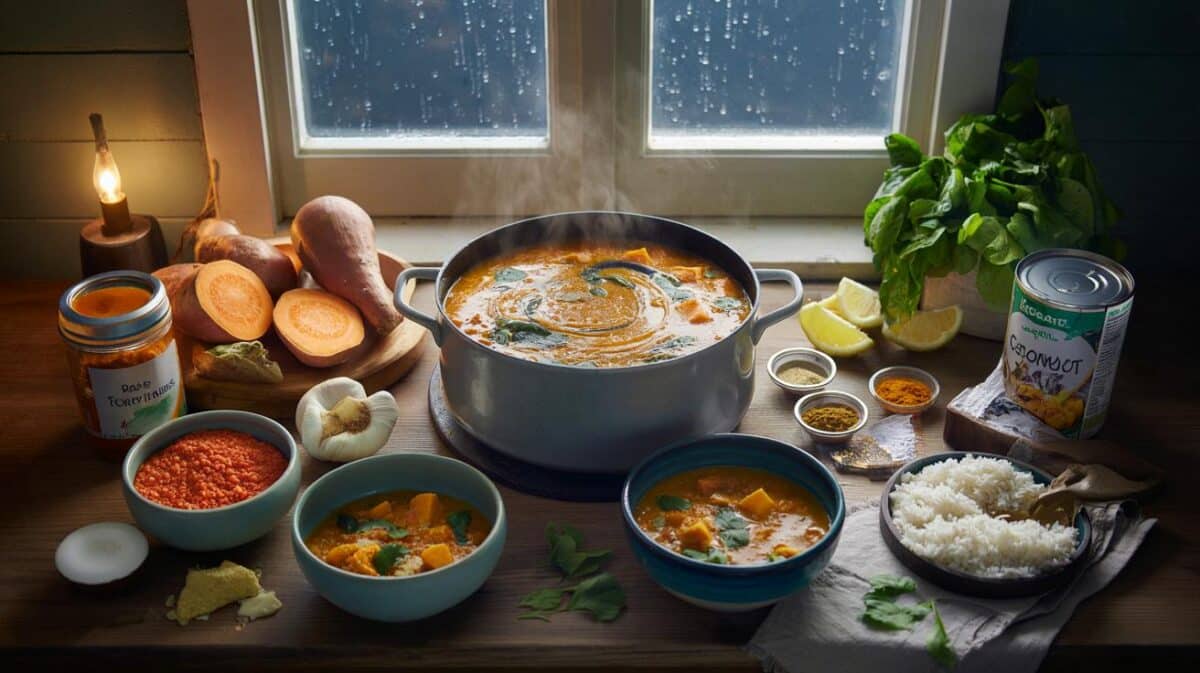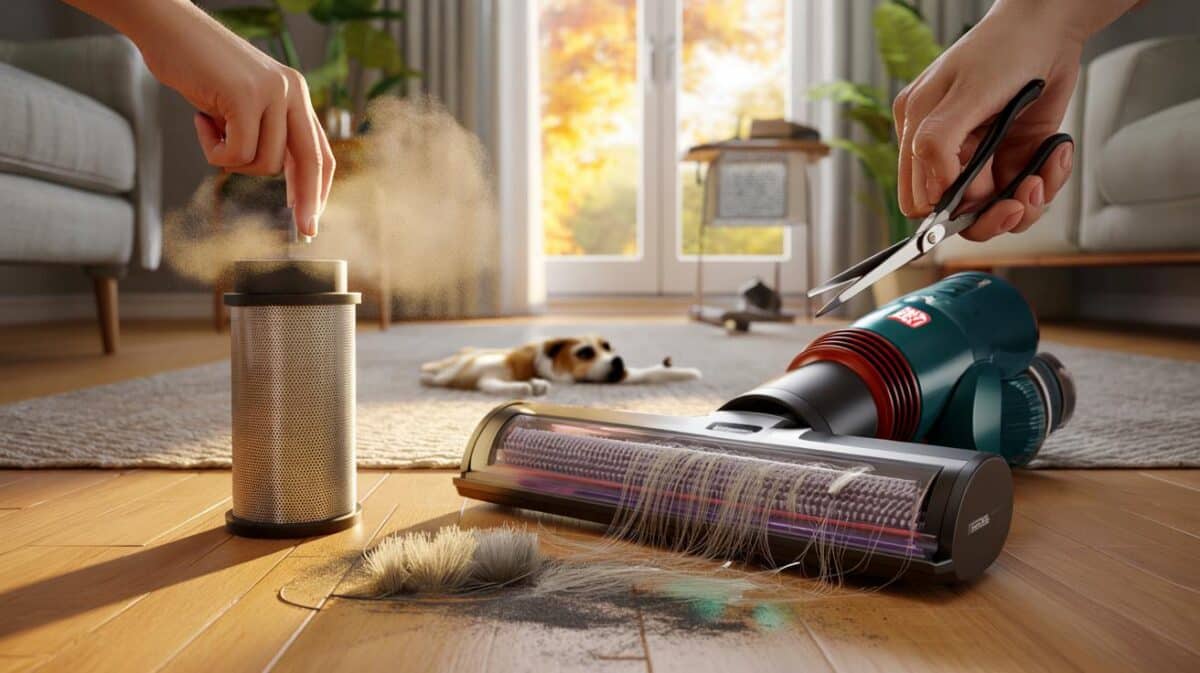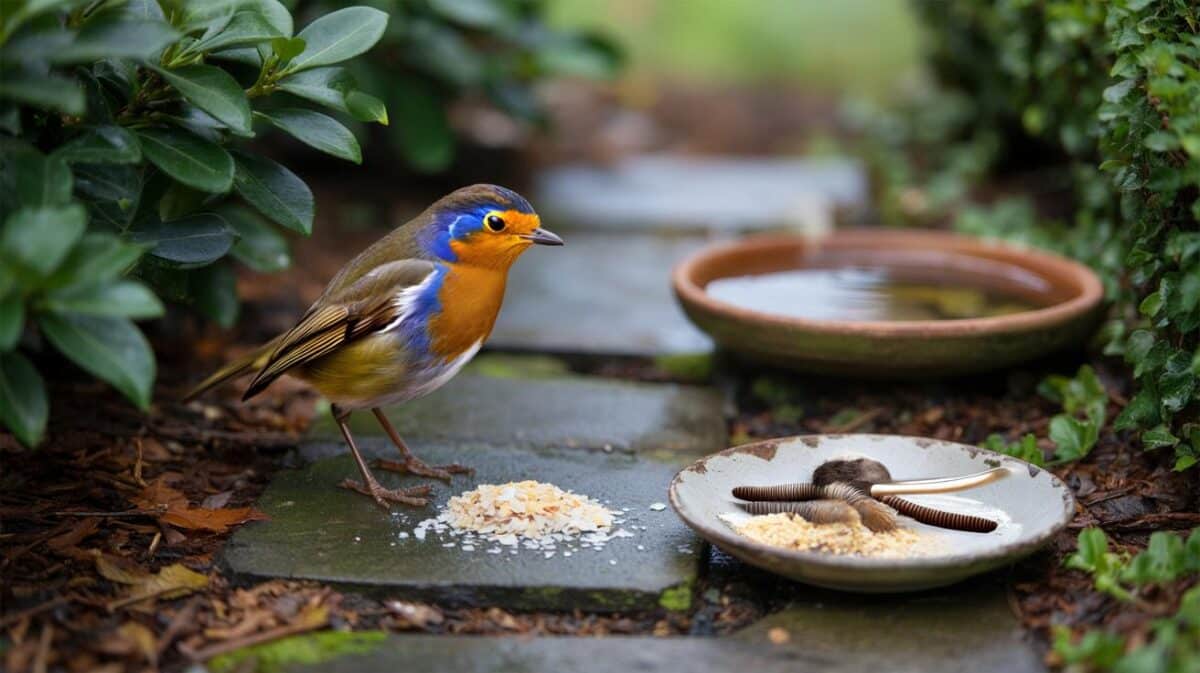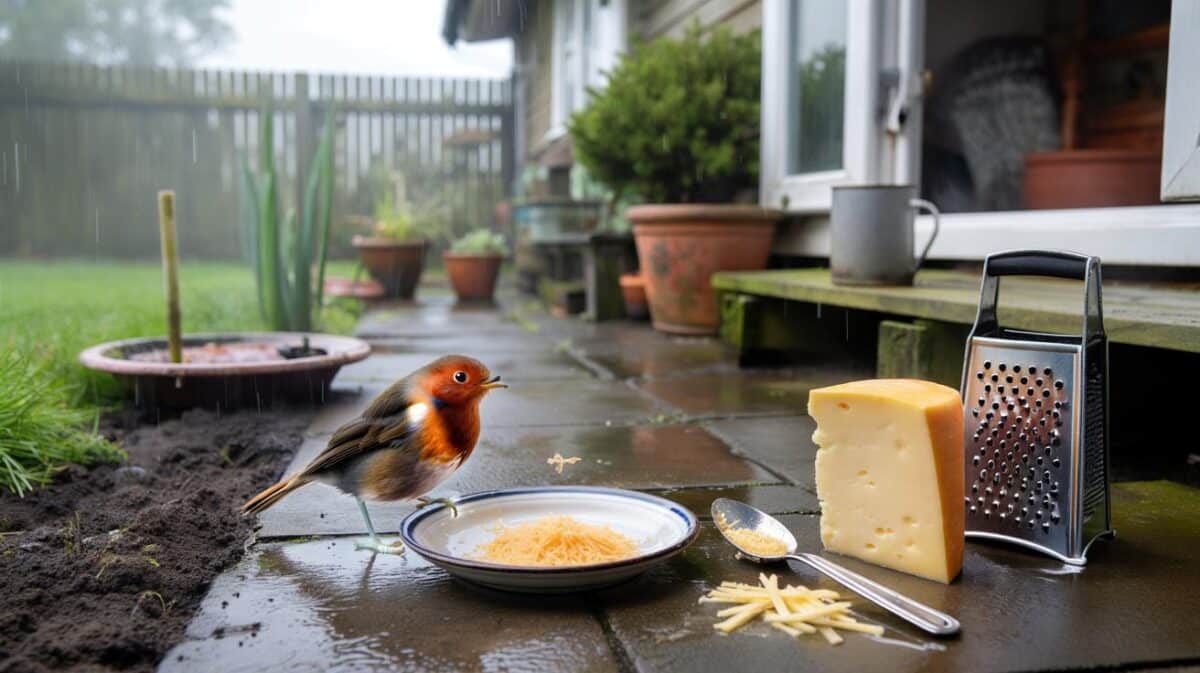Many households still leave hot dishes to cool on the worktop. The idea feels sensible. The fridge seems delicate. Condensation looks messy. Yet food safety hinges on time and temperature, not folklore. Modern refrigerators cope with warmth. Bacteria do, too. The race between cooling and microbial growth starts the moment the hob clicks off.
Why so many of us still leave pans to cool
The fridge myth and why it persists
Plenty of people fear that a warm casserole will strain the fridge. The compressor can handle short bursts. The cabinet temperature may rise slightly. The system recovers fast. Shelves sit above chill vents to spread the load. Energy use barely nudges in a well-sealed appliance.
Another worry is aroma transfer. Lids and tight containers stop that. Vapour condenses while cooling, but good sealing prevents drips and odours. The bigger danger sits on the counter, not behind the door.
Autumn kitchens, warm rooms and a risky window
Heated homes keep rooms cosy. That warmth slows cooling in deep pots. Large volumes linger in the critical band for hours. Family traffic increases handling. Serving spoons travel between plates and pans. Each minute adds risk if food remains out.
Bacteria multiply fastest between 8°C and 63°C. The longer food lingers here, the higher the risk.
What actually happens between 8°C and 63°C
The two-hour countdown and rapid growth
The safest approach is straightforward. Move cooked food out of the danger zone quickly. Aim to chill to 5°C within two hours. That target reduces the time microbes get to grow. Large, deep containers slow heat loss. Shallow portions speed it up.
No cooked dish should sit at room temperature for more than two hours. The clock starts at the end of cooking.
Rice, pasta, stews and dairy-rich dishes create friendly conditions for certain bacteria. Some produce toxins that reheating cannot remove. Time control matters as much as temperature control.
The usual suspects in family leftovers
Salmonella can ride in meat juices and eggs. Listeria tolerates fridge temperatures and thrives if food cools slowly. Escherichia coli from raw produce can cross-contaminate serving bowls. Staphylococcus aureus from hands sets up quickly in warm food. Bacillus cereus spores in cooked rice survive boiling and flourish while the pan cools.
Cooked rice is a special case: chill quickly and eat within 24 hours to avoid Bacillus cereus problems.
Should you put warm dishes straight in the fridge?
What modern appliances can handle
Modern fridges are built to accept warm food in sensible portions. The motor cycles more frequently for a short spell. Shelves stay stable with door discipline. Keep the door closed while the cabinet recovers. Space items so cold air can circulate.
Set your fridge to 5°C or below. That single tweak sharply cuts bacterial growth in everyday leftovers.
Practical steps that work tonight
You can cool food fast without fuss. Split bulky dishes into shallow containers. Vent lids briefly to release vapour. Use a cold-water bath for thick stews. Stir occasionally with a clean spoon to move heat from the centre. Slide the containers into the fridge as soon as steam subsides.
Mistakes to stop making now
- Parking a heavy pot on the hob for “a little while” and forgetting it until bedtime.
- Sealing piping-hot food under tight film with no vent, trapping condensation on the surface.
- Warming the same dish repeatedly, then chilling it again. Serve what you need and keep the rest cold.
- Stacking containers tightly so cold air cannot flow around them.
- Judging freshness by smell alone. Many hazards lack a warning odour.
Safe cooling, storage and reheating at a glance
| Food | Chill target | Fridge time | Reheat guidance | Notes |
|---|---|---|---|---|
| Cooked meat, poultry, stews | To 5°C within 2 hours | Within 2 days | To 70°C for 2 minutes, steaming hot throughout | Stir thick dishes mid-reheat |
| Cooked rice, rice dishes | To 5°C within 1 hour if possible | Within 24 hours | Heat thoroughly and serve immediately | Do not keep warm in the pot |
| Soups and sauces | To 5°C within 2 hours | Within 2 days | Bring to a rolling simmer | Divide into shallow tubs |
| Pasta, gratins, dairy-rich bakes | To 5°C within 2 hours | Within 2 days | Heat until the centre is piping hot | Cover to stop drying |
How to cool food quickly without losing flavour
Simple methods that change the timeline
Use wide, shallow containers. Surface area speeds heat loss. Twist-lock lids help once steam drops. Place hot containers on a rack to let air flow underneath. For large batches, set the pan in a sink of cold water and stir. Swap the water once it warms. Add a few ice cubes if the volume is big.
Keep raw items separate while you cool cooked food. Clear a fridge shelf before you plate up, so you can load it straight away. Label tubs with the date and dish name. Future you will thank you on Wednesday night.
What about energy, taste and waste?
Putting a couple of warm containers in the fridge adds a short cooling burst. Door discipline limits energy drift. A tidy shelf and decent airflow speed recovery. Any extra electricity is small compared with the cost of replacing spoiled food or losing a day to stomach cramps.
Taste holds when you chill fast. Quick cooling preserves texture in rice and pasta. It keeps sauces silky by reducing time in the bacterial sweet spot where acids and enzymes can change flavour.
Extra tips for busy households
Batch cooking without the risk
Plan containers before you cook. Line up four shallow tubs instead of one tall one. Portion straight from the pot. Cool on a rack for 10–15 minutes with lids ajar, then close and refrigerate. Freeze portions you will not eat within two days. Thaw in the fridge, not on the counter.
Teaching children and guests simple kitchen hygiene
Give everyone a role. One person portions. Another labels. A third clears a fridge shelf. Keep a clean serving spoon for seconds so hands stay out of the pot. These tiny rituals block cross-contamination and save time.
Tools that make safe cooling easy
- Probe thermometer for checking centres reach safe temperatures during reheating.
- Flat, shallow containers that stack with airflow gaps between them.
- Reusable ice packs for rapid sink-cooling of bulky stews.
- Waterproof labels and a marker to date and name leftovers.
A practical way to judge risk at home
Think in numbers. Was the food cooked today? Was it out for under two hours? Did it cool to fridge temperature quickly? Is the fridge at 5°C or below? Will you reheat it once to steaming hot? A “yes” to all five signals lower risk. Fix any “no” the next time you cook.
The safest habit: portion shallow, chill within two hours, keep at 5°C, eat within two days, reheat once.







